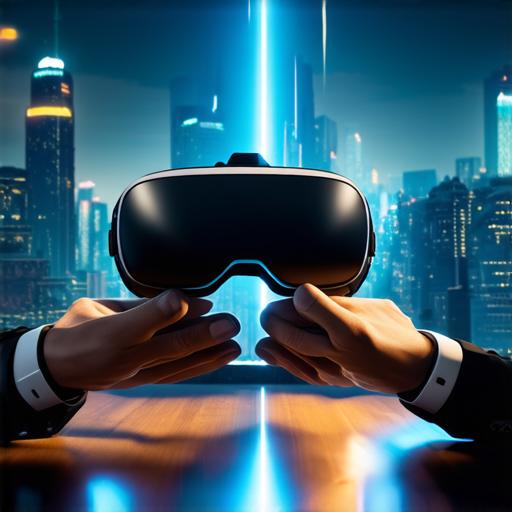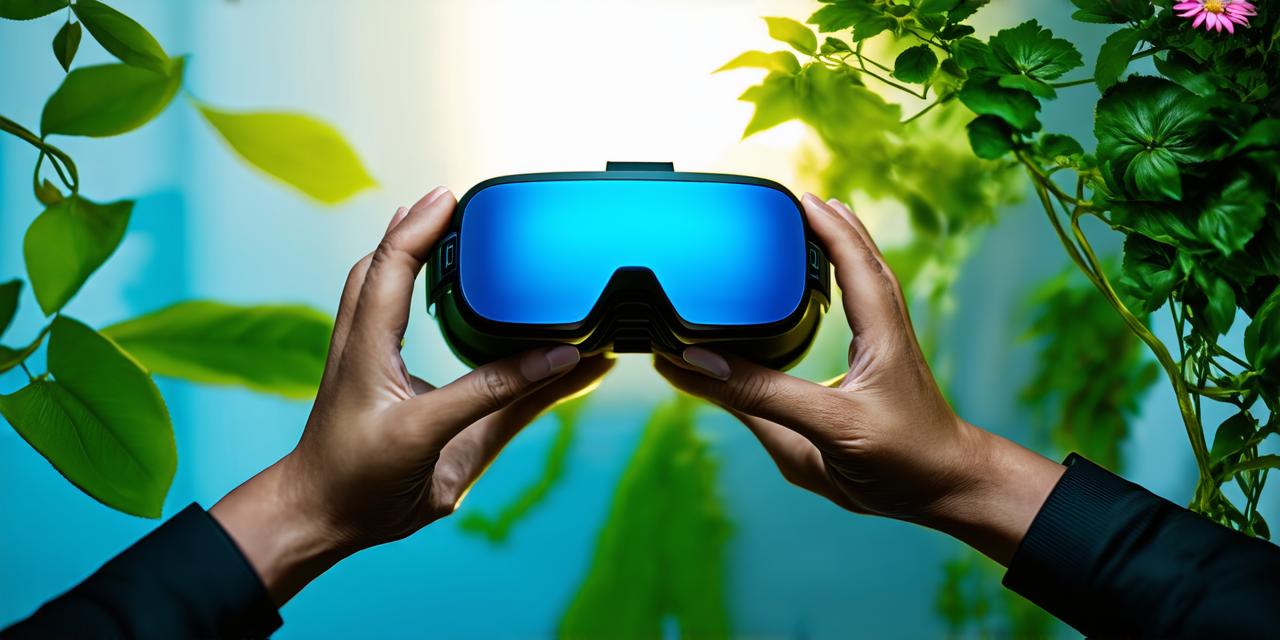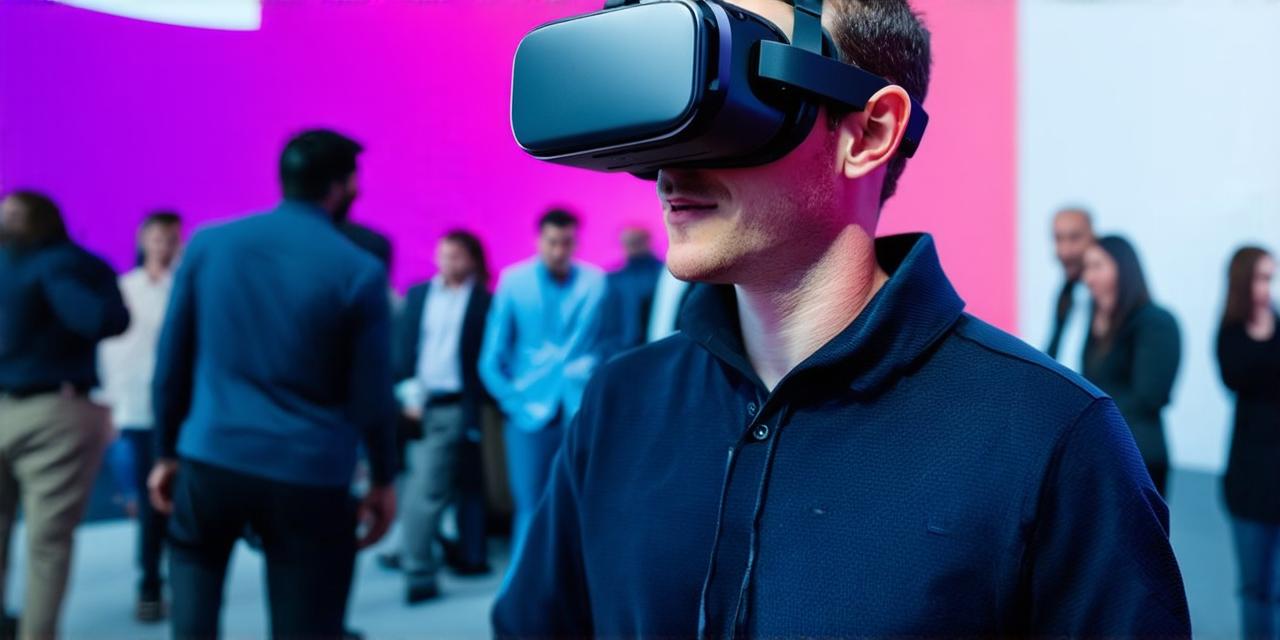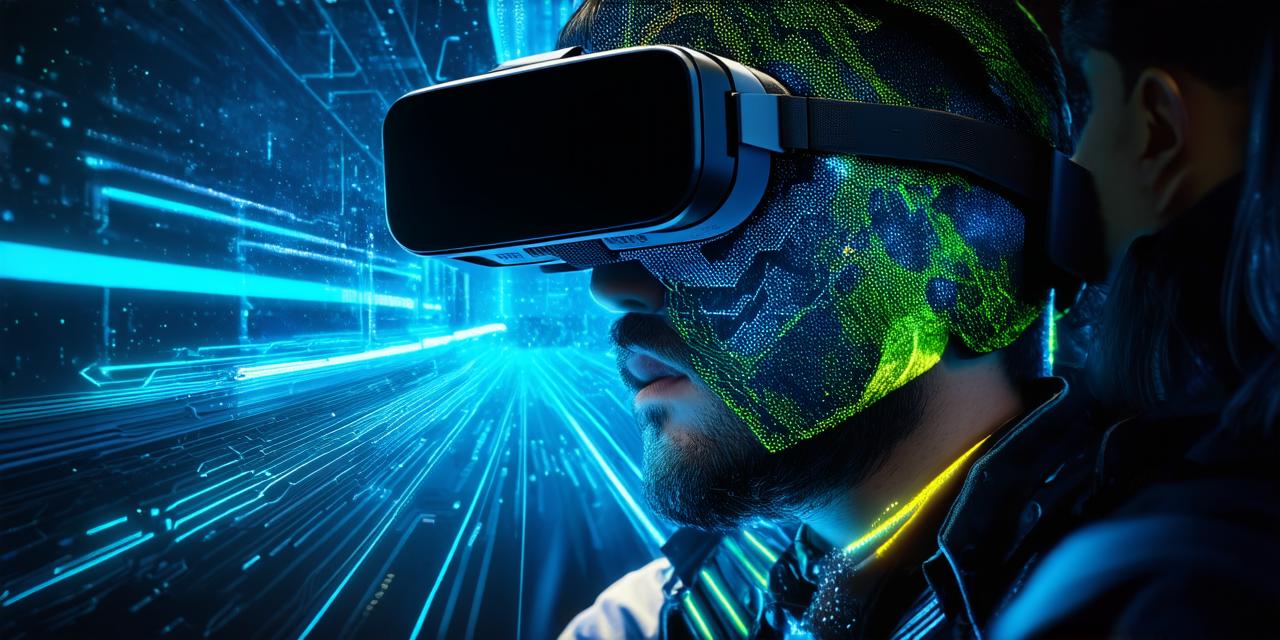Virtual reality (VR) technology has come a long way since its inception.
It promises to transform the way we interact with digital content, from gaming to training, education, and more. However, for VR to become mainstream, it needs to deliver a seamless and enjoyable experience. In this article, we will discuss the two key features that VR needs to make this a reality.
1. Comfortable and Immersive Environment
One of the biggest challenges in VR is creating an environment that feels comfortable and immersive for users. While VR technology has come a long way, it still lacks the natural sensory input that our brains are used to.
To create a comfortable and immersive environment, VR developers need to consider several factors. Firstly, they need to design the physical space where users will experience the VR content. This includes the lighting, temperature, and noise levels. For example, if the VR experience involves an outdoor setting, the physical space should be designed to simulate the sun’s rays, wind, and other weather conditions.
Secondly, VR developers need to consider how users will interact with the virtual environment. This includes designing intuitive controls that allow users to move and interact with objects in the virtual world. For example, if the VR experience involves a sports game, the controls should simulate the movements of a sports player.
Finally, VR developers need to consider how they can incorporate natural sensory inputs into the VR experience. This includes haptic feedback, which allows users to feel physical sensations in the virtual world. For example, if the VR experience involves a horror game, haptic feedback could simulate the feeling of a cold hand on your shoulder or a sudden gust of wind that sends shivers down your spine.
2. Seamless Content Integration and Presentation
Another key factor in delivering a seamless and enjoyable VR experience is how the content is integrated and presented within the virtual environment. For example, if the VR experience involves a game, users should be able to seamlessly transition between different levels or missions without any disruptions.

To achieve this, VR developers need to focus on creating content that is designed specifically for the virtual environment. This includes designing levels or scenarios that take advantage of the unique features of VR, such as the ability to create a 360-degree environment or the ability to simulate movement in all directions.
Furthermore, VR developers need to ensure that the content is optimized for the specific hardware and software being used. For example, if the VR experience involves high-resolution graphics, the developers need to ensure that the graphics are optimized for the hardware being used, otherwise, the experience can be laggy or stuttering.
Finally, VR developers need to focus on creating content that is engaging and interactive. This includes incorporating elements such as puzzles, challenges, and rewards that encourage users to explore the virtual environment and interact with the content in new and innovative ways.
Case Study: The Importance of Comfortable and Immersive Environment in VR Gaming
One example of how a comfortable and immersive environment can make a big difference in VR gaming is the Oculus Quest 2. This VR headset was designed specifically for gaming, with features such as high-resolution displays, low latency, and an adjustable IPD (interpupillary distance) to improve comfort and reduce eye strain.
The Oculus Quest 2 includes hand-tracking technology that allows users to interact with the virtual environment in a more natural way. For example, instead of using buttons or joysticks to move around, users can simply gesture with their hands, making the experience feel more immersive and intuitive.
In addition, the Oculus Quest 2 includes a number of games that are specifically designed for the virtual environment, such as “Beat Saber,” which allows users to slice through blocks in time with music. The game is optimized for the VR hardware, with high-resolution graphics and fast movement that feels seamless and intuitive.
Case Study: The Importance of Seamless Content Integration and Presentation in VR Training
Another example of how a seamless and enjoyable VR experience can make a big difference is in the field of training. For example, the US Army has been using VR technology to train soldiers for over a decade.
In 2019, they launched a new VR training program called “The Virtual Battlefield Trainer” (VBFT) that uses state-of-the-art graphics and immersive environments to simulate real-world combat scenarios.
One of the key features of the VBFT is its ability to seamlessly integrate different elements of the training program, such as live-action footage, 3D models, and interactive simulations. For example, if a soldier needs to learn how to operate a specific piece of equipment, they can simply interact with the virtual environment and receive real-time feedback from instructors.
Furthermore, the VBFT is designed to be highly engaging and interactive, with elements such as puzzles, challenges, and rewards that encourage soldiers to explore the virtual environment and learn new skills. For example, soldiers can earn badges for completing specific missions or objectives, which can be displayed on their uniforms as a symbol of their achievements.
Expert Opinions:
“VR technology has come a long way since its inception, but if we want it to become mainstream, it needs to deliver a seamless and enjoyable experience,” says Dr. Richard Devine, Chief Technology Officer at HTC Vive.
“Seamless content integration and presentation are also critical for delivering a successful VR experience,” says Dr. Shiva Keshavan, Founder and CEO of Virtual Reality Medical Center.
Real-Life Examples:
One example of how a comfortable and immersive VR experience can make a big difference in a real-world scenario is the use of VR in healthcare. For example, some hospitals are using VR technology to simulate surgical procedures, allowing doctors to practice their skills in a safe and controlled environment.
Similarly, some companies are using VR technology to train employees for new roles or to enhance existing training programs. For example, an airline might use VR simulations to train pilots on how to navigate through different weather conditions or respond to emergencies in mid-flight.
Summary:
In conclusion, delivering a seamless and enjoyable VR experience requires a combination of comfortable and immersive environments, as well as content that is optimized for the specific hardware and software being used. By focusing on these key factors, we can create a virtual world that feels natural and intuitive, encouraging users to explore new possibilities and learn new skills.
The potential applications of VR technology are vast and varied, from gaming and entertainment to healthcare and education. As the technology continues to evolve, we can expect to see even more innovative and engaging uses for VR in our daily lives.




